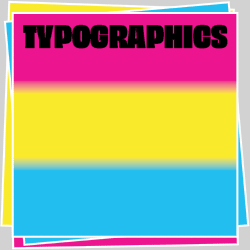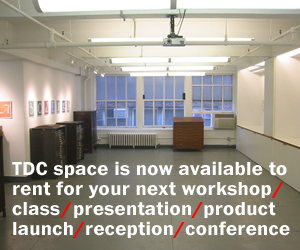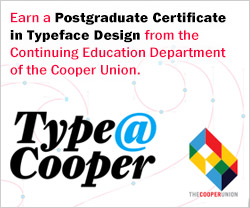Massimo Vignelli, Our Typographic Conscience
It is impossible to discuss type and graphic design in the late twentieth century without mentioning the influence of designer Massimo Vignelli, who passed away this week in New York City. Vignelli’s strong opinions about typography, which spread through the fame of his work, writing, exhibitions, and his appearance in the film Helvetica, became a touchstone in graphic design. At some point in their careers, all graphic designers since the late 1960s have had to take a stand relative to the functionalism that Vignelli and his wife Lella represented. He defended his way of designing with unusual clarity and moral certitude, and became the conscience of a field that is inevitably beguiled by trends.
Vignelli stated that “type is important…but structure should always come first.” His stress on the architecture of layouts rendered typeface choice irrelevant, because design was not supposed to be about self-expression or novelty. This is why he famously suggested that designers use only a handful of “timeless, legible, and elegant” typefaces, including Garamond, Bodoni, Century, Times Roman, Futura, Helvetica, and Univers (and occasionally News Gothic, Optima, and Trajan).
Poster for an exhibition at the School of Visual Arts in New York in 1991. On display were examples of design that used only four typefaces.
In typesetting, Vignelli favored compactness, clear hierarchy, and dramatic contrasts. His exemplary control of contrast allowed him to masterfully limit the elements he worked with; he knew how to make a few typefaces or images dramatic and expressive, as in his all-Helvetica, 1964 program for the Piccolo Teatro di Milano and his work for Knoll. While he admired “classic” typefaces, he avoided typesetting traditions that created fussy complexity, such as paragraph indents and hyphenation. Indent-free texts may have challenged readers, but created regal, solid columns with rugged rags. His control made clarity look simple, when in reality it was difficult to copy his work unless one shared his ideology. Merely using a few typefaces or cropping full-bleed images tightly wasn’t enough; to successfully work like him, designers had to find joy in the way structure can balance variation and consistency.
Vignelli’s emphasis on structure reflected a belief in the value of discipline, and his harshest typographic criticism was leveled at its supposed lack. For instance, he claimed that Victorian advertising gave rise to “any kind of type concoctions that vulgar minds could devise,” and early typesetting on the Mac led to “the worst forms of visual pollution ever experienced by mankind.” His famous manifesto of the early 1990s attempted to correct a fad for stretching and layering type into obtuse collages of language. He lived to see a revival of Helvetica and modernism in the late 1990s, as well as growing admiration for his consistent viewpoint. Vignelli’s design represented a kind of quality that felt pure and noble. Its self-restraint respected the reader and sought transcendence through conscientious craftsmanship.
Massimo Vignelli wearing a black cashmere overcoat designed by himself and his wife Lella.
Source: Vignelli, Massimo. Vignelli: From A to Z. Victoria, Australia: The Images Publishing Group Ptd Ltd, 2007.







